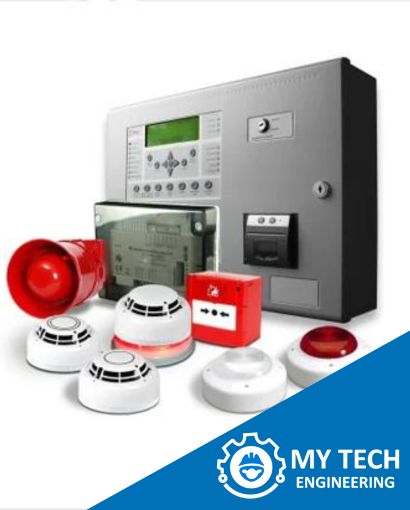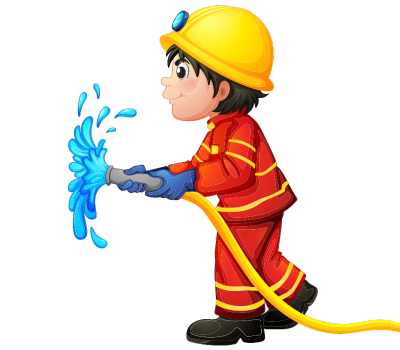Fire Detection System
Fire Detection System
A fire detection system is designed to identify and alert individuals to the presence of a fire in its early stages, allowing for timely response and evacuation. These systems are crucial for protecting lives and property.

Smoke Detectors:
- Ionization Smoke Detectors: These detectors use ionization chambers to detect smoke particles. They are sensitive to fast-burning, flaming fires.
- Photoelectric Smoke Detectors: These detectors use a light source and a sensor to detect smoke particles. They are more effective in detecting slow-burning, smoldering fires.
Heat Detectors:
- Fixed Temperature Heat Detectors: These detectors activate when the temperature at the sensor location reaches a preset level.
- Rate-of-Rise Heat Detectors: These detectors activate when the temperature increases at a rapid rate, indicating a potential fire.
Flame Detectors:
- These detectors are designed to sense the presence of flames by detecting specific wavelengths of light emitted by a fire.
Gas Detectors:
- Some fire detection systems include gas detectors to sense the presence of combustible gases that could lead to a fire.
Fire Alarm Control Panel (FACP):
- This is the central component that receives signals from the detectors and, when triggered, activates alarms, notifications, and other emergency responses.
Notification Devices:
- Alarms, strobe lights, and sirens are commonly used to alert occupants to the presence of a fire.
Monitoring Systems:
- In larger buildings or facilities, fire detection systems may be connected to central monitoring stations that can dispatch emergency services when necessary.
Addressable vs. Conventional Systems:
- Conventional Systems: Detectors are grouped into zones, and the system can identify the general area of an alarm.
- Addressable Systems: Each detector has a unique address, allowing the system to pinpoint the exact location of an alarm.
Integration with Building Management Systems (BMS):
- Fire detection systems may be integrated with other building systems for a more comprehensive approach to safety and security.
Regular Maintenance and Testing:
- Fire detection systems require regular maintenance and testing to ensure proper functionality. This includes checking detectors, testing alarms, and verifying communication with the control panel.
GET YOUR FREE CONSULTATION
My Tech offers a Wide variety of services to cater your problematic situations.










